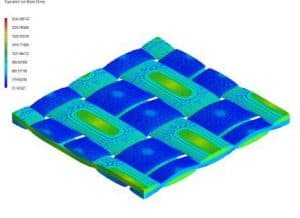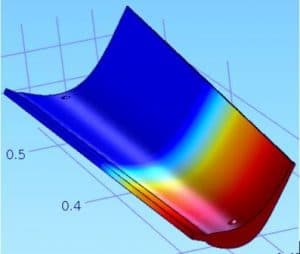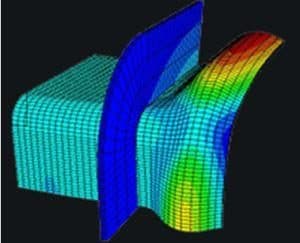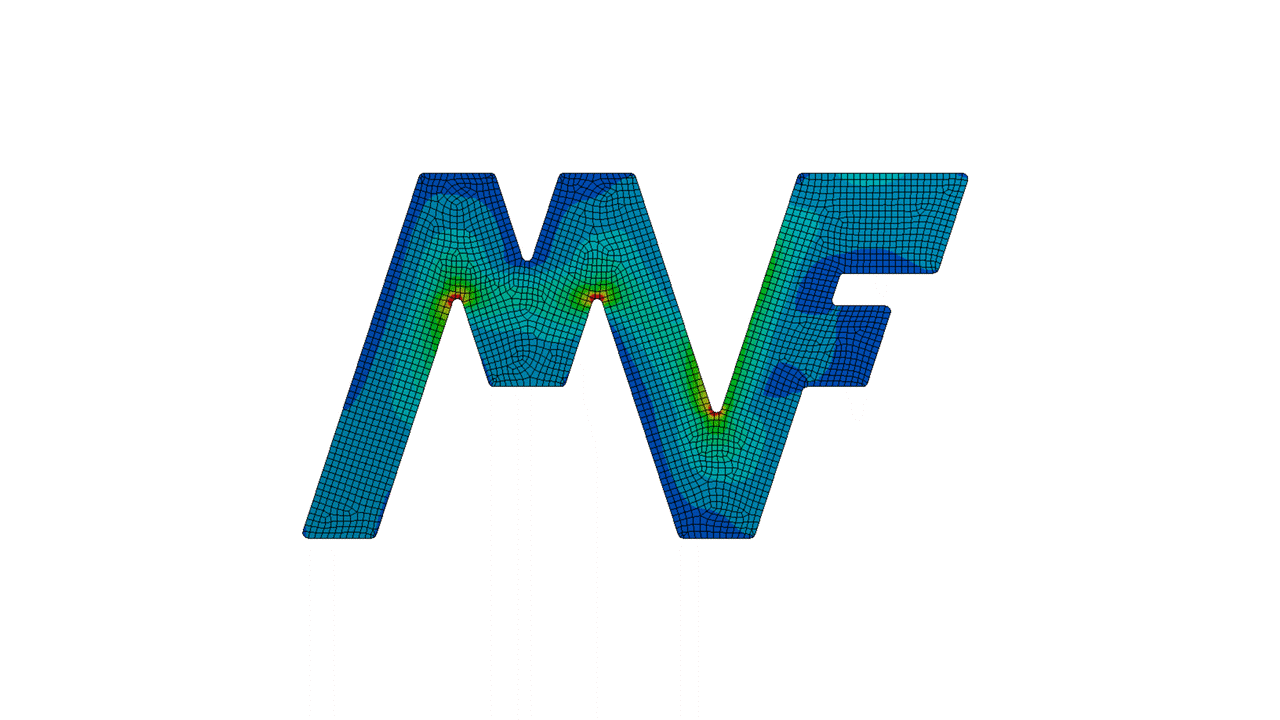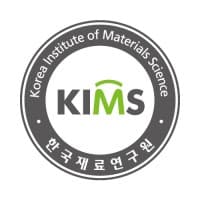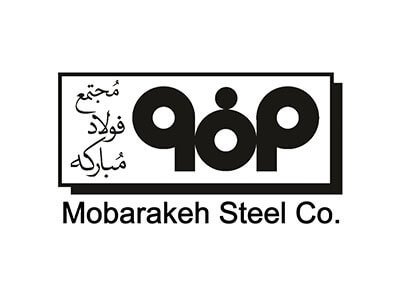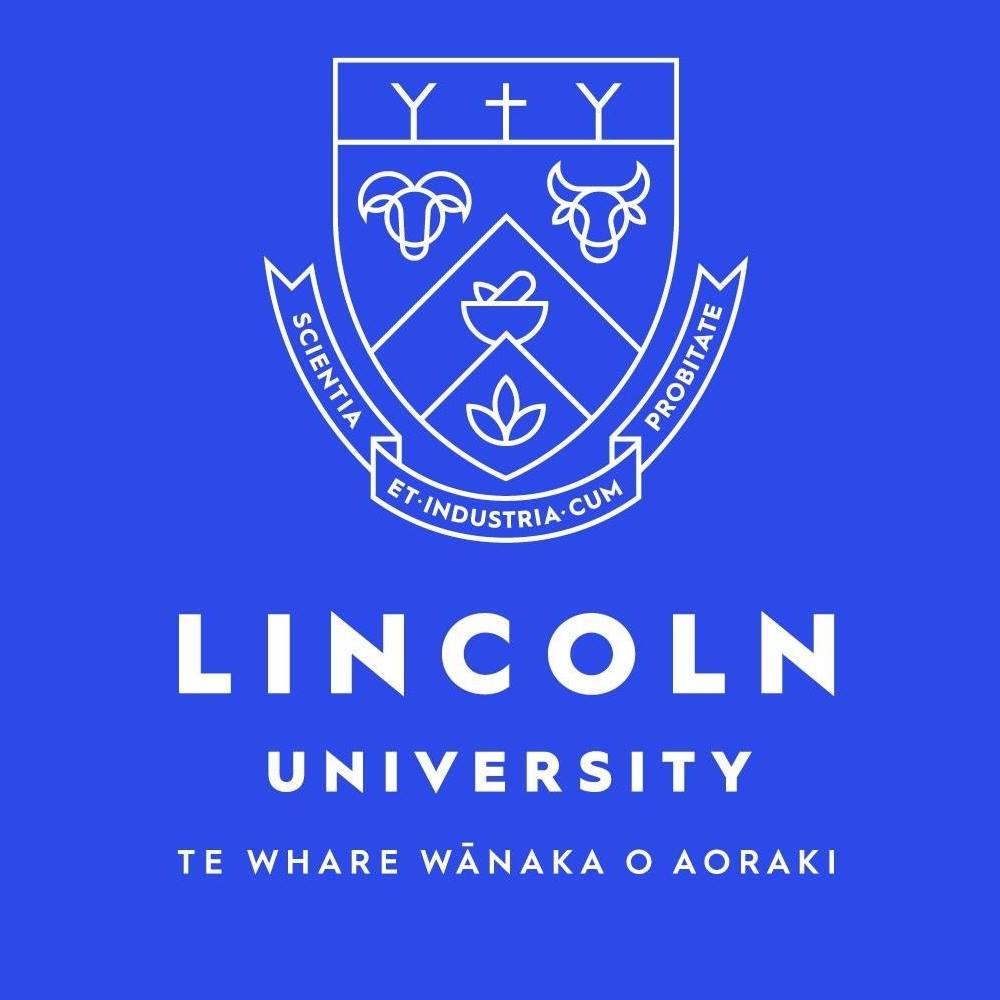Computational Modeling of Materials
Computational material modeling covers a wide range of issues. Extensive research projects in this field have been carried out in the past years and are still ongoing. Determination of material failure criteria using various methods such as micromechanics, macro mechanics, and multiscale have received much attention. Ancillary software has already been developed in this field. Most graduate students have dealt with health material modeling in some way. This issue is currently being considered in some industries of the country, but there is no rapid progress in other parts of the world.
Some topics in computational material modeling:
- Atomic and molecular-scale modeling to Continuum modeling of materials
- Prediction of the electrical and magnetic response of materials by quantum mechanical method
- Modeling of material deformation in rolling and forming processes
- 3D modeling of sediment and material penetration
Production methods Computational Modeling
The traditional production process of different materials is usually in one of the following ways:
- Fluid flow: Melt flow in ingots or molds, polymer flows in pre-preg fabric or molds
- High rate deformation: rolling, extrusion, and forging
- Heat treatment: temperature control of the material to form the microstructure and required specifications
- Recently, production methods have been proposed that reduce material waste and production costs
- Spray Forming
- Sintering of powder components
- Additive Manufacturing
In addition to these production methods, due to the need for materials with new specifications and complex geometric shapes, other production methods have been proposed:
- Production of integrated composite ceramics using Reactive Melt Infiltration method
- Production of nanoparticles using plasma deposition
- Ultrasonic coupled colloid chemistry
- Produce 3D shapes with complex curves
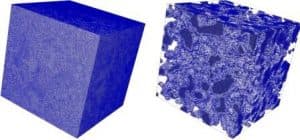 Aside from the importance of producing materials using research and the help of modern technologies, it usually takes about 20 years for new material to enter the consumer market. The use of computational methods can greatly accelerate the speed of research and material entry into the market. In fact, one of the reasons for the development of computational methods and numerical simulation is to increase the speed of product entry into the market and competition in the global market. For example, the correct simulation of the production process of ceramic-based composites using the reactive melting diffusion method requires instantaneous simulation and analysis of fluid flow, heat, chemical kinetics, fuzzy transformation, and solid mechanics.
Aside from the importance of producing materials using research and the help of modern technologies, it usually takes about 20 years for new material to enter the consumer market. The use of computational methods can greatly accelerate the speed of research and material entry into the market. In fact, one of the reasons for the development of computational methods and numerical simulation is to increase the speed of product entry into the market and competition in the global market. For example, the correct simulation of the production process of ceramic-based composites using the reactive melting diffusion method requires instantaneous simulation and analysis of fluid flow, heat, chemical kinetics, fuzzy transformation, and solid mechanics.
To predict the response of materials with specific properties, the law of behavior of matter must be combined with the physics of the problem. For example, the electromechanical coupling response of a piezoelectric converter can be determined by two equations that describe how to stress, strain, charge density, and magnetic field change and interact.
The technology of forming and joining materials in complex shapes can be studied using computational modeling. To form complex curves, it is possible to predict the effect of residual stresses from welding on the life of the part and to study new electromagnetic ultrasound technologies to strengthen materials, formless molding, and joints, using the prediction of the optimal thermal pattern.
Services:
At BanuMusa, we are always looking for new challenges for modeling and analyzing advanced materials to work with various industries such as metal industries, manufacturers of composite parts and structures, marine, aerospace, automotive, machinery, parts, textile, and package industries. We are classified.
- Corrosion simulation
- Weld modeling and analysis
- Predicting the breakdown of a variety of materials
- Simulation of connection types
- Shaping simulation with a variety of production methods
- Simulation and analysis of various types of connections
- Production of software for a variety of uses
- Micromechanical, macro mechanical, and multiscale modeling of different materials
Contact us for a free consultation.
